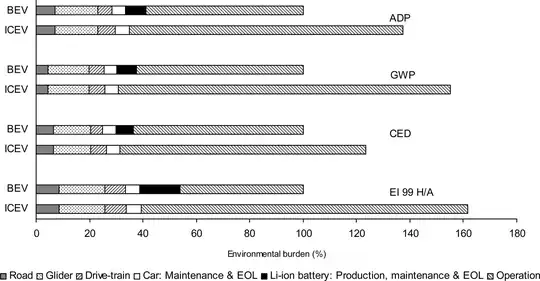Honda touts great safety for their Civic CNG, but I have second thoughts concerning their fuel tank's safety in rear-end collisions.
I looked for some tests and data, but could not find anything specific. I'd like to know before I buy.
Honda touts great safety for their Civic CNG, but I have second thoughts concerning their fuel tank's safety in rear-end collisions.
I looked for some tests and data, but could not find anything specific. I'd like to know before I buy.
The Honda Civic 2012 performs well in crash tests:
The IIHS rated it as "good" in all test areas.
Euro NCAP gave it 5 stars overall and rated specific areas as follows:

As for the safety of Compressed Natural Gas fuel tanks, these are tested using Federal Motor Vehicle Safety Standard FMVSS 304. The tests involve the following:
A. Pressure Cycling Test to evaluate a container's durability by requiring a container to withstand, without any leakage, 18,000 cycles of pressurization and depressurization (based on 15 years of service with 4 refuelings per day, 300 days per year). This requirement helps to ensure that a CNG container is capable of sustaining the cycling loads imposed on the container during refuelings over its entire service life.
B. Burst Test to evaluate a container's initial strength and resistance to degradation over time. This requirement helps to ensure that a container's design and material are appropriately strong over the container's life.
C. Bonfire Test to evaluate a container's pressure relief characteristics when pressure builds in a container, primarily due to temperature rise. The Bonfire Test is designed to demonstrate that CNG fuel containers, complete with the fire protection system (container valve, pressure relief devices and/or integral thermal insulation) specified in the design, will prevent the rupture of the container when tested under the specified fire conditions.